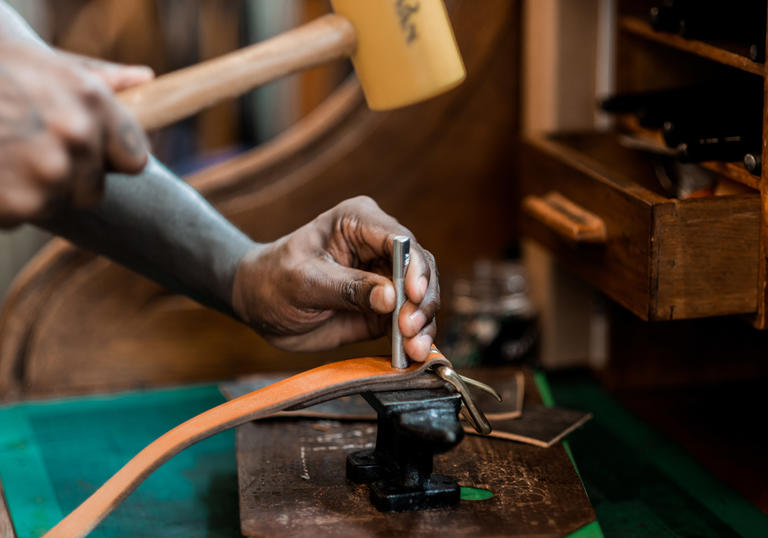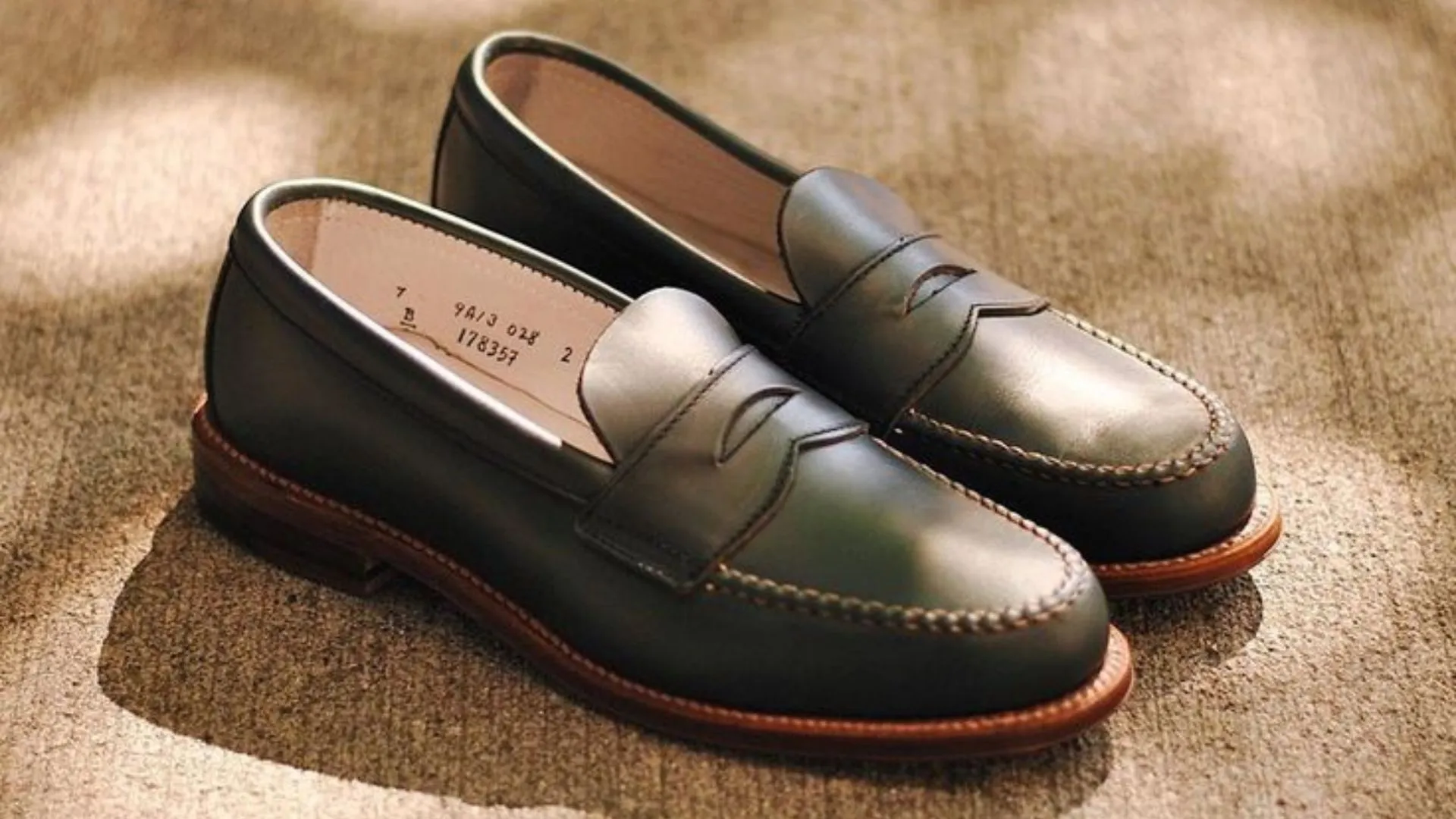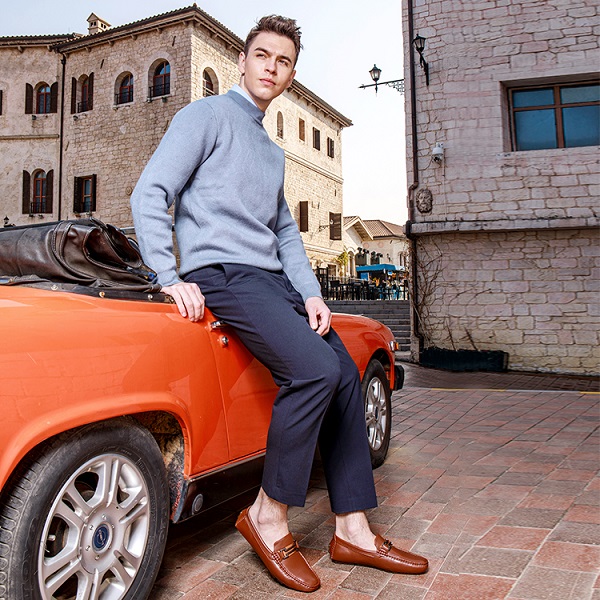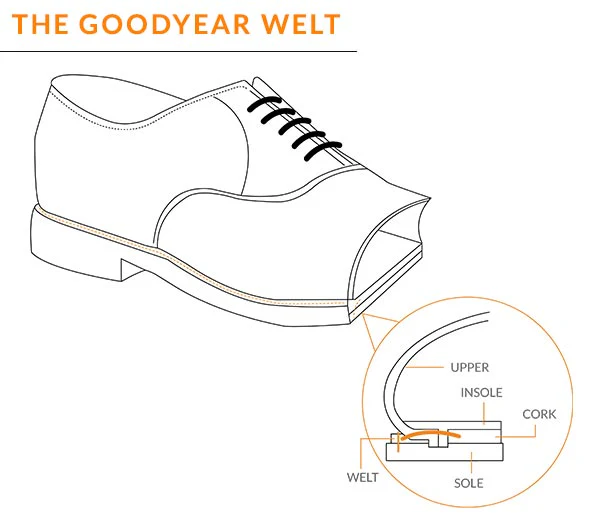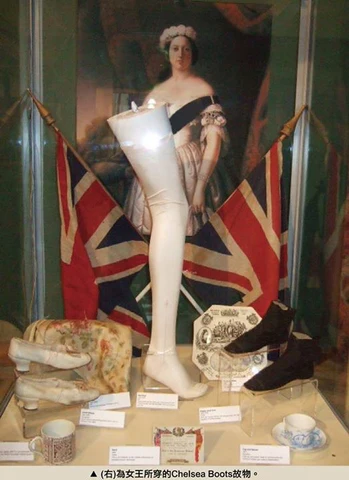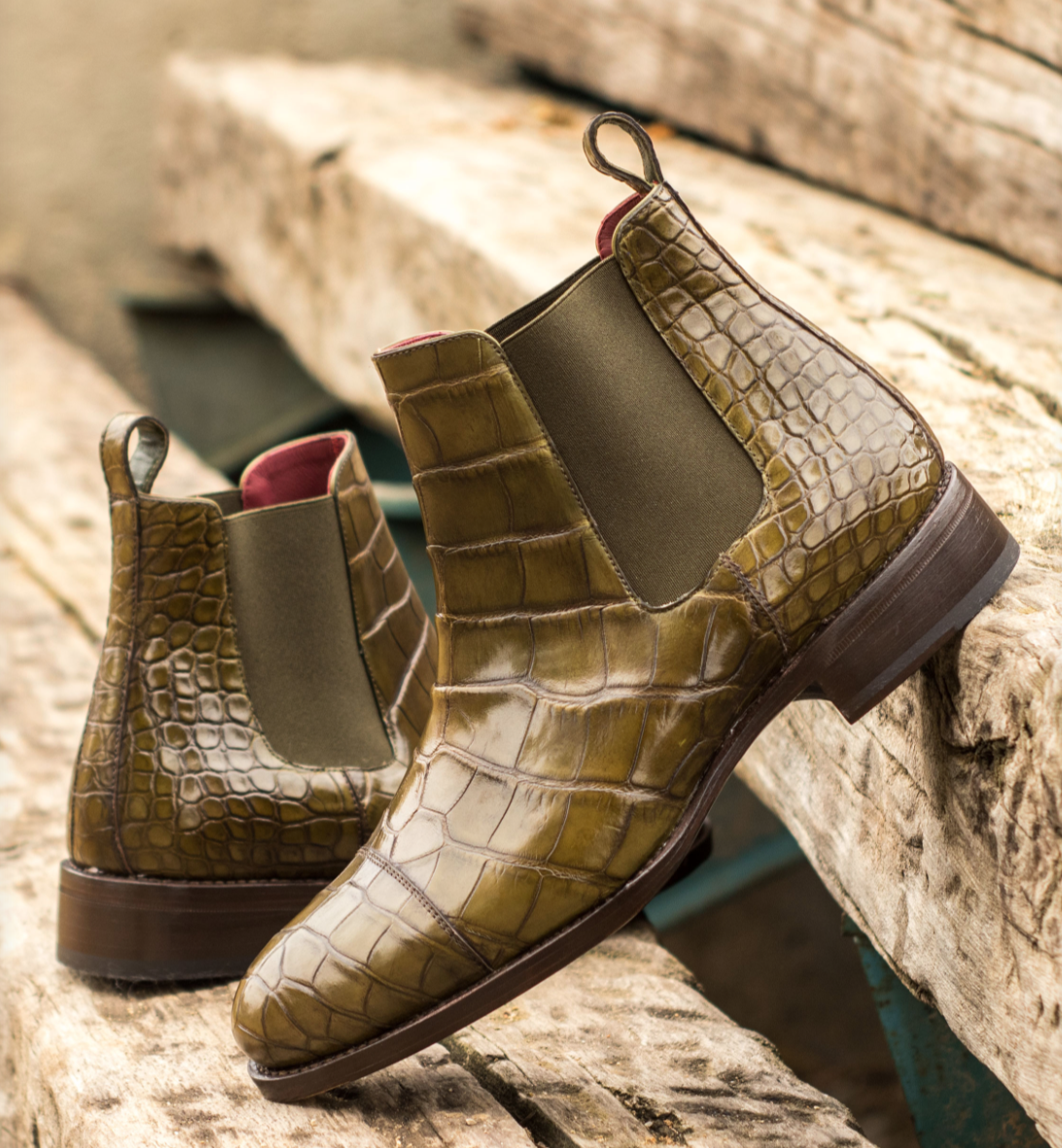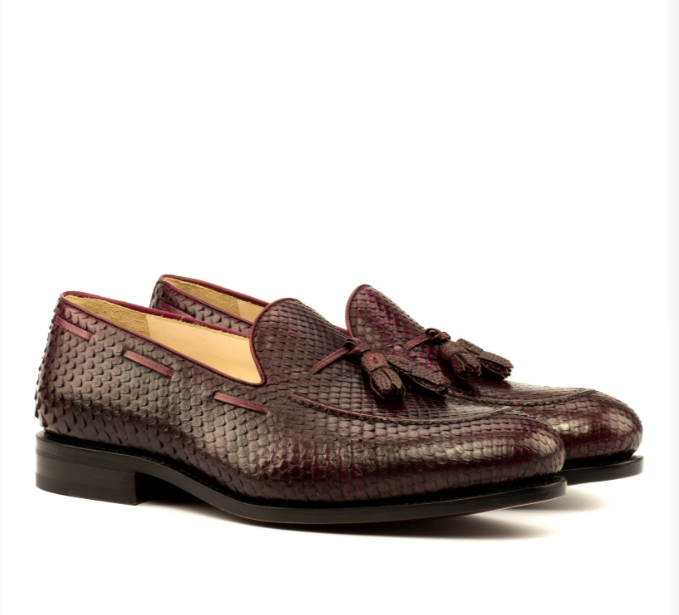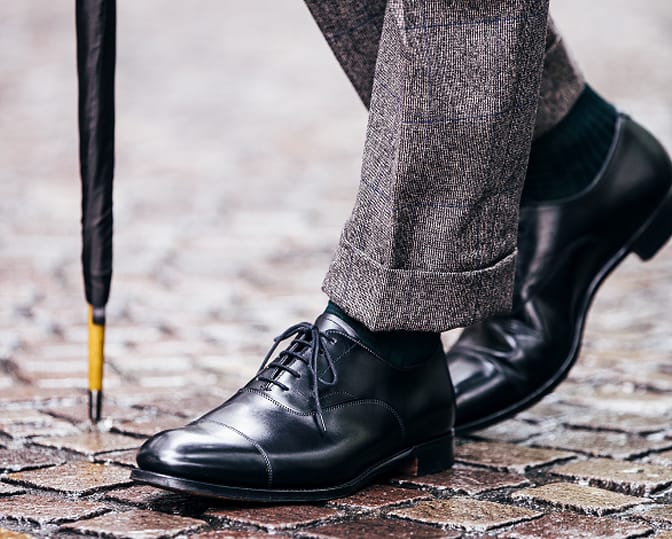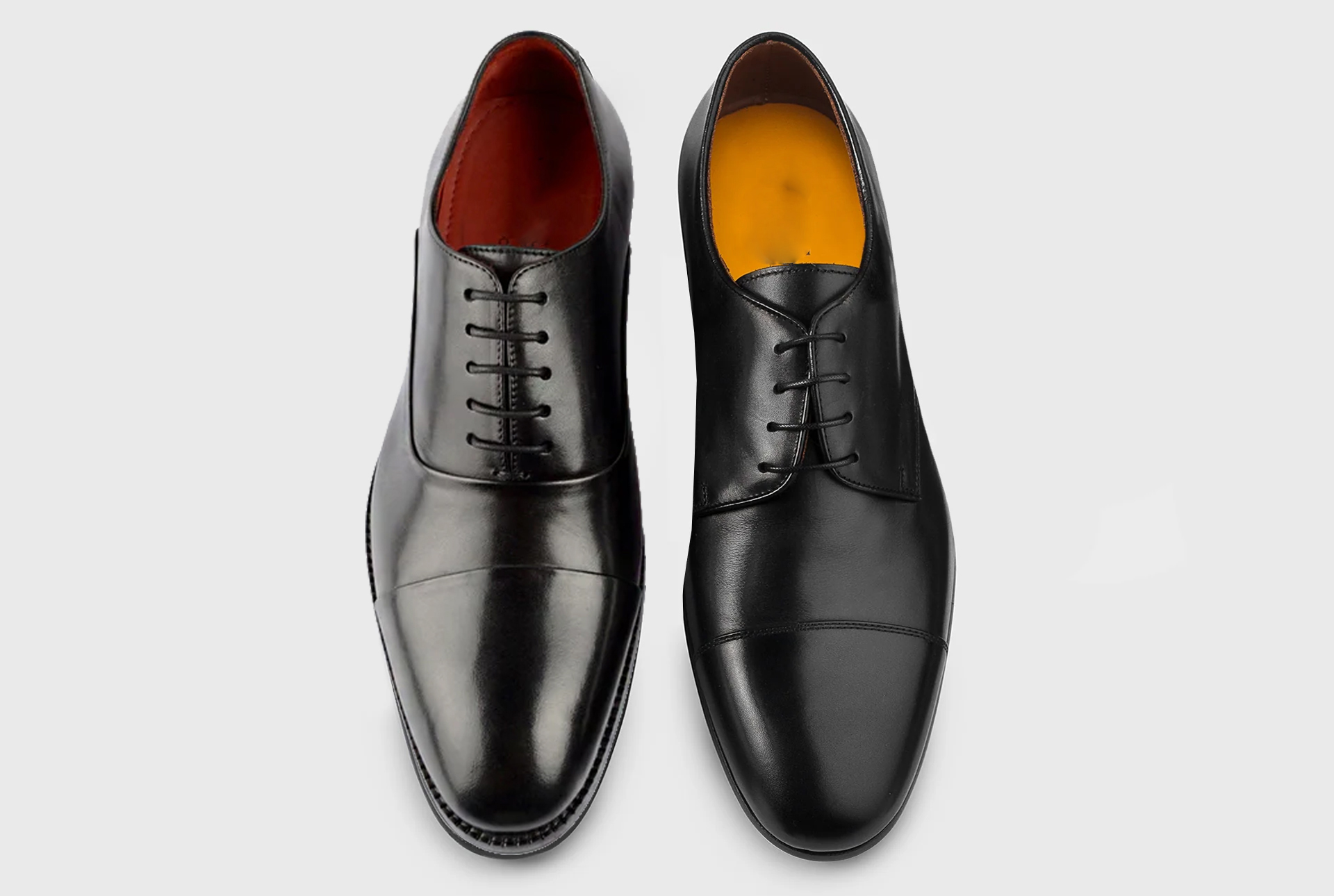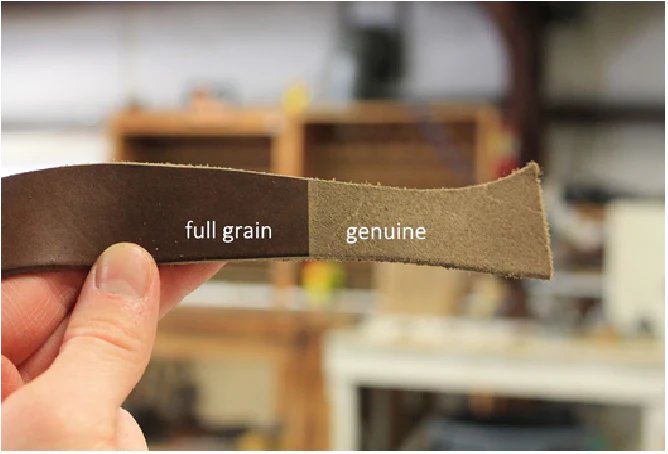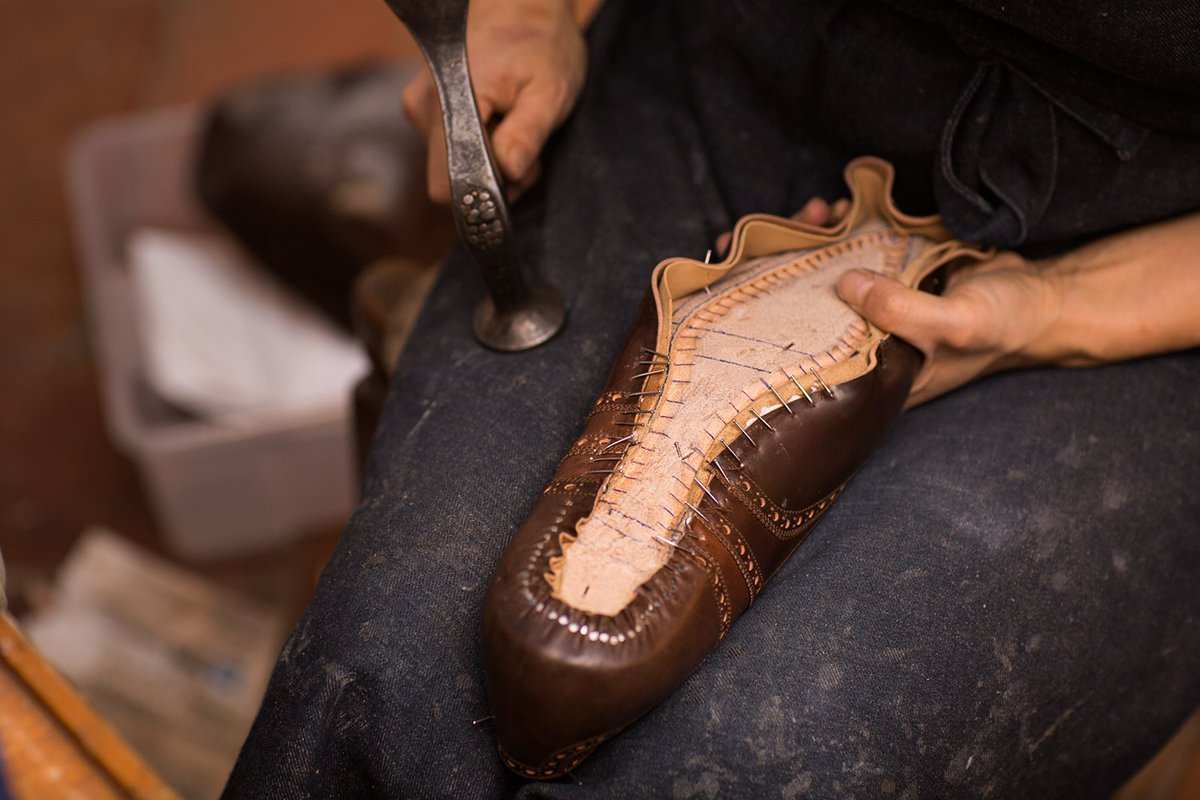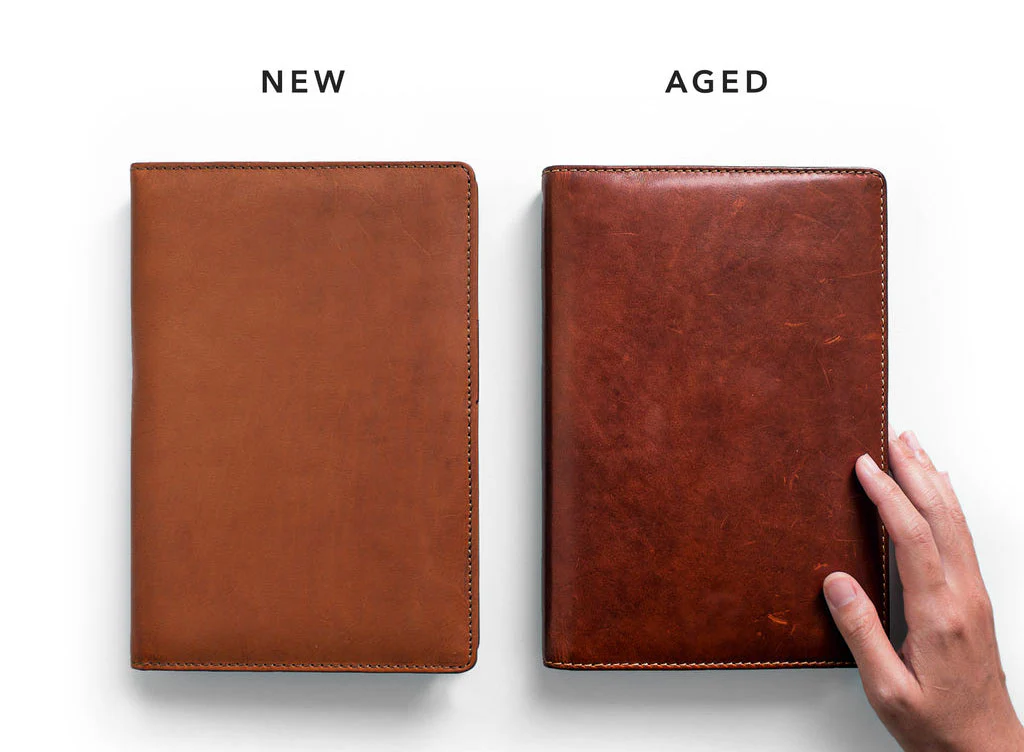Leather is produced in a range of grades, each with its specific level of durability, beauty, and price tag. Full-grain, top-grain, and genuine leather are three of the most common types, and even though all three categories include real leather, their respective processing, character, and use have significant differences.
Full-Grain Leather: Best Quality
The best and most long-lasting variety of leather, full-grain, keeps its full grain layer, including its grain, defects, and natural durability. Because full-grain leather is not processed and not sanded to remove defects, it is the most real and long-lasting form of leather. As full-grain leather ages, it develops a rich patina, enhancing its beauty over a period of years. Full-grain leather is most often utilized in producing high-class belts, wallets, high-class shoes, high-class furniture, and strong bags for traveling. Full-grain leather is best for those who value workmanship, durability, and beauty in its most natural form.
Top-Grain Leather: Balance of Quality and Refinement
The second-best in terms of quality, top-grain, is subjected to mild buffing and minor sanding to remove defects, creating a smoother and evened-out surface. It keeps a high level of durability similar to full-grain but not its grain markings. In addition, top-grain leather is often coated with a protective layer to make it even more durable and resistant to moisture and staining. Top-grain leather is most often utilized in producing high-class bags, jackets, sofas, and mid-to-high-class accessories, providing a balanced mix of refinement, durability, and price tag.
Genuine leather is the most basic form of real leather. It comes from the underside of the hide, after the top-grain and full-grain have been removed. To make it presentable, it is often subjected to embossing, dyeing, and treatments in an attempt to mimic high-quality leather. Nevertheless, it is marked with less durability, increased peeling and cracking susceptibility, and fails to develop a patina over a period of time. Genuine leather is most commonly seen in budget belts, wallets, shoes, and furniture. It is a feasible alternative for one in search of real leather at a reduced price, but with less durability.
Comparison: What Do I Need?
- Durability: Full-grain lasts for the longest period, followed by top-grain, and then comes genuine leather with the shortest period of use.
- Aging Process: Full-grain ages with beauty, developing a rich patina, but top-grain keeps its polished looks, and genuine leather fails to have positive aging traits.
- Appearance: Full-grain comes with a rough, organic texture, top-grain is polished and even, and genuine leather is often processed synthetically.
- Cost: Full-grain is most costly, then comes top-grain, and then comes genuine, which is most budget-friendly.
- Optimum Uses: Full-grain is best for high-end items, top-grain for style and function items, and genuine for budget items that don’t require long-term use.
Conclusion
The selection of a proper kind of leather depends on one’s budget, purpose, and preference for durability. In case one wants a long-lasting, high-class product, full-grain comes out to be a winner. For one in search of a midway between price and quality, top-grain comes out to be a winner. For one in search of a budget leather product, genuine comes out to be a winner.

